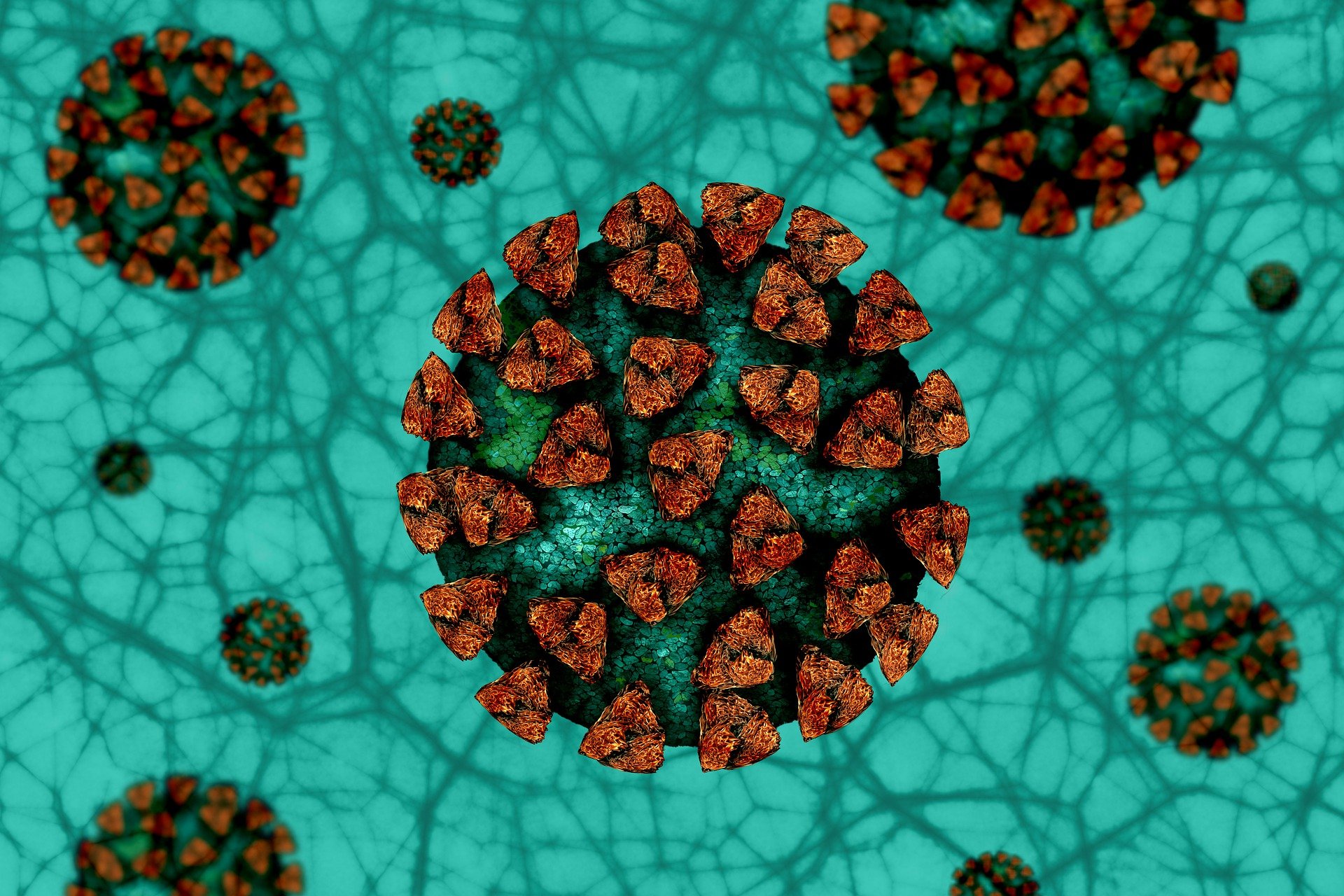
The COVID-19 crisis has caused serious downturns in the chip industry around the globe. But “semiconductor companies that begin revising their long-term strategies now may emerge stronger in the next normal”, McKinsey concludes in a report on the future of the industry. To be successful, these companies should “should embrace uncertainty”.
In the months after the coronavirus began to spread, semiconductor companies moved decisively to protect employees, secure supply chains, and address other pressing concerns, McKinsey says. “Although the situation is still serious and many governments are still imposing physical-distancing requirements, semiconductor leaders are now looking ahead to the time when the pandemic abates and the next normal begins.”
These steps should not only include building a solid baseline for their company, “but also creating multiple future scenarios, each showing different macroeconomic and virus-related outcomes, as they set their strategy for the coming years. They should embrace the uncertainty as part of their operating model since agility and the ability to adapt quickly will be far more important than sticking to a plan.”

McKinsey’s analysis is based on assumptions in two of the nine scenarios that were developed for the COVID-19 recovery, both of which assume that the spread of the coronavirus is eventually controlled and catastrophic economic damage is avoided. In the first scenario (picture above), global gross domestic product (GDP) recovers in the fourth quarter of 2020. In the second (picture below), recovery is delayed until late 2022.

Trends in PCs, automotive and wired communication, stand out, McKinsey says. The PC segment will see the sharpest drop in demand and the performance gap will become more serious over time. “Most people will buy all the home-office electronics that they need for remote work in 2020, lowering demand for next year.” In the more optimistic recovery scenario, the automotive segment sees year-on-year growth of 28 to 36 percent in 2021. “This estimate is based on the assumption that governments will offer incentives to car buyers.” Growth in the segment of wired communication could even exceed pre-COVID-19 forecasts in both 2020 and 2021. “This is one of the few areas where a delayed recovery would actually
contribute to higher growth than the more optimistic scenario, since continued remote work and homeschooling will stimulate demand for wired communication.”
As in previous downturns, McKinsey says, “those semiconductor
companies that act quickly could emerge stronger.” This can be done through modest cost-cutting, a focus on R&D innovation, and a programmatic approach to mergers and acquisitions.







